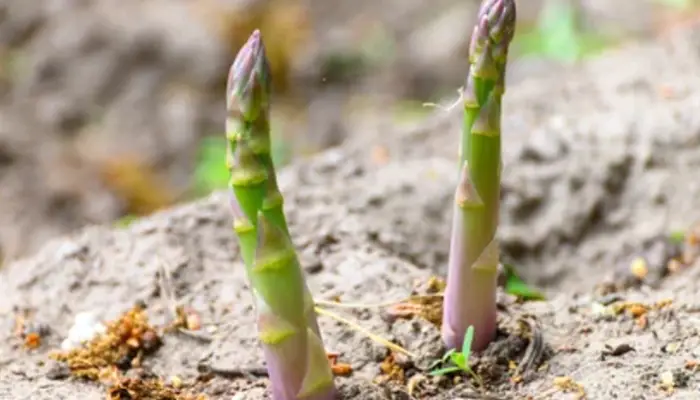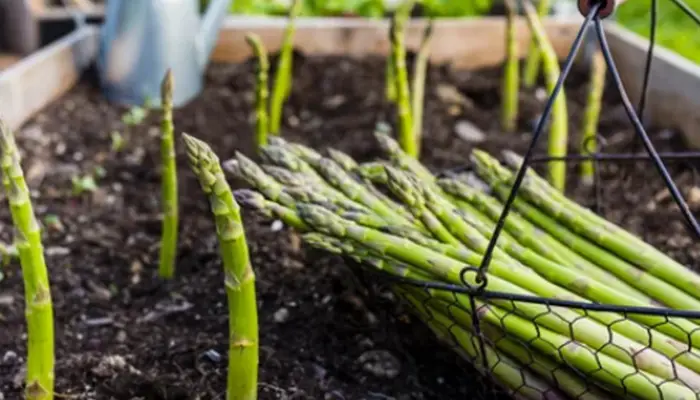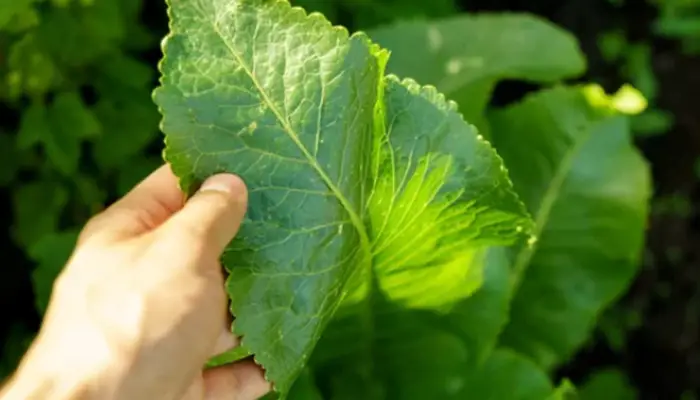You have probably heard about Perennial vegetable plants and want to know more about them, but what are Perennial vegetable plants anyway?
Well, look no further, we are going to example what are perennial vegetable plants, why you need them, and how they can help your garden.
There is a wide range of perennial vegetables, however, some common ones include Asparagus, Artichoke, Rhubarb, and Horseradish.
There are many benefits to planting perennial vegetables in your garden or farm including that they require less maintenance than annual plants and provide food for animals such as deer and rabbits who will eat them, as well as a source of nutrition for humans.

What are Perennial Vegetables?
Perennial vegetables are plants that come back every year. They are usually found in the garden or on the farm and can be different from annual vegetables because they grow back each year.
Vegetable Perennial plants can save you money in the long run because they will not need to be replaced every year. By growing perennial vegetables, you can eat more of your own food and reduce your carbon footprint.
Perennial crops also provide a wide range of benefits such as helping to preserve soil quality and preventing erosion. Perennial plants can save you money in the long run because they will not need to be replaced every year.
So, as mentioned before, by growing perennial vegetables, you can eat more of your own food. These Perennial crops are also beneficial in helping to preserve your garden soil quality while preventing soil erosion as well.
What are the Benefits of Growing Perennial Vegetables?

Perennials require less maintenance and can be grown in a variety of climates.
They also provide an opportunity to grow food in an urban environment or on a small plot of land.
Some perennials have the benefit of attracting pollinators such as bees and butterflies while others provide ground cover and insulation in summer.
The most important factor in choosing a perennial is the climate which it will be grown. Some perennials require cool weather while others can grow in warm climates and some are actually heat-tolerant.
This means that they do well during hot summers. However, most Perennials that require cool weather include “Saxifragales” (such as saxifrage ), “Ericas” (such as purple coneflower), and many species of heathers.
Nevertheless, Perennials that do well in warm climates are “Geraniums”, “Impatiens”, and some kinds of Heliotropes.
How to Plant and Care for Your Own Perennial Vegetable Garden
Planting a garden is not as hard as you might think. Perennial plants do need that much care. The best thing you can do about them is to just water them a leave them alone, they will do just fine.
It just takes some planning and patience.
It is important to keep in mind that perennials require less maintenance than annuals, so they are a good choice if you want to spend less time gardening day to day.
Why You Should Start Growing Your Own Perennial Vegetable Garden Today
Growing your own vegetables is a great way to save money and get the freshest produce possible.
It also helps the environment by reducing food waste and using less packaging.
If you’re starting to grow vegetables at home, think about what types of plants you’d like to try. Make a list of the plants that are most likely to thrive in your area and pick one or two.
You can also plan out a larger garden where you’ll have room for more than one type of plant. You might want to use a map of your area to find out which plants grow best in your region all so.
Start by planting a few seeds in pots or garden boxes, now is the time to get started.




